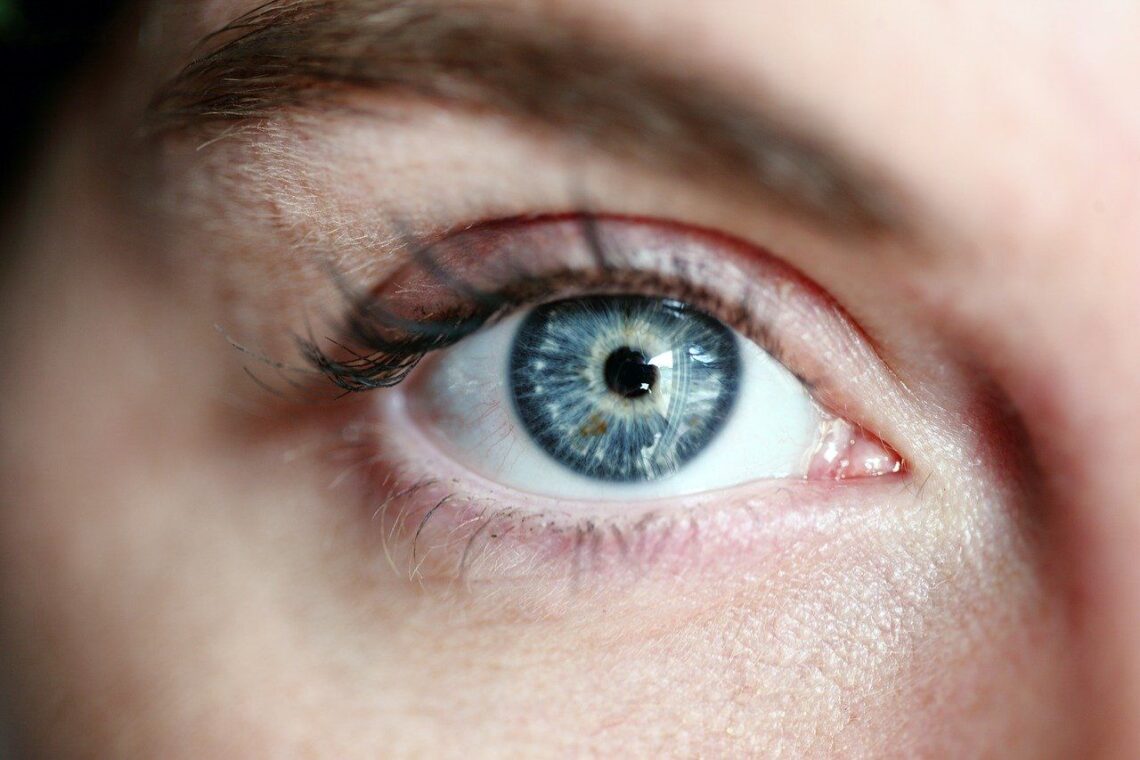Environmental factors such as UV radiation, air pollution, and occupational hazards can contribute to vision impairment and eye-related problems among older adults. Now, temperature has emerged as an environmental factor associated with vision impairment, according to a recent study.
The study found that living in counties with temperatures ranging from 50-54.99°F increased people’s chances of severe vision impairment by 14%, while temperatures of 55-59.99°F raised the odds by 24%, and temperatures of 60°F or higher raised the odds by 44%.
As part of the study, researchers analyzed data from the American Community Survey conducted from 2012 to 2017, including 1.7 million older adults, to examine the association between temperature and vision impairment, and used average temperature data from the National Oceanic and Atmospheric Administration.
“This link between vision impairment and average county temperature is very worrying if future research determines that the association is causal,” said the study’s first author Esme Fuller-Thomson–the director of University of Toronto’s Institute of Life Course and Aging. “With climate change, we are expecting a rise in global temperatures. It will be important to monitor if the prevalence of vision impairment among older adults increases in the future.”
“We know that vision problems are a major cause of disabilities and functional limitations,” co-author ZhiDi Deng, a recent pharmacy graduate from the University of Toronto, said. “Serious vision impairment, for example, can increase the risk of falls, fractures, and negatively impact older adults’ quality of life. Taking care of vision impairments and their consequences also cost the US economy tens of billions each year. So, this link between temperature and vision impairment was quite concerning.”
Although a strong association has been observed between average temperature and severe vision impairment, the exact mechanism behind this relationship remains elusive. Further…
Read the full article here








